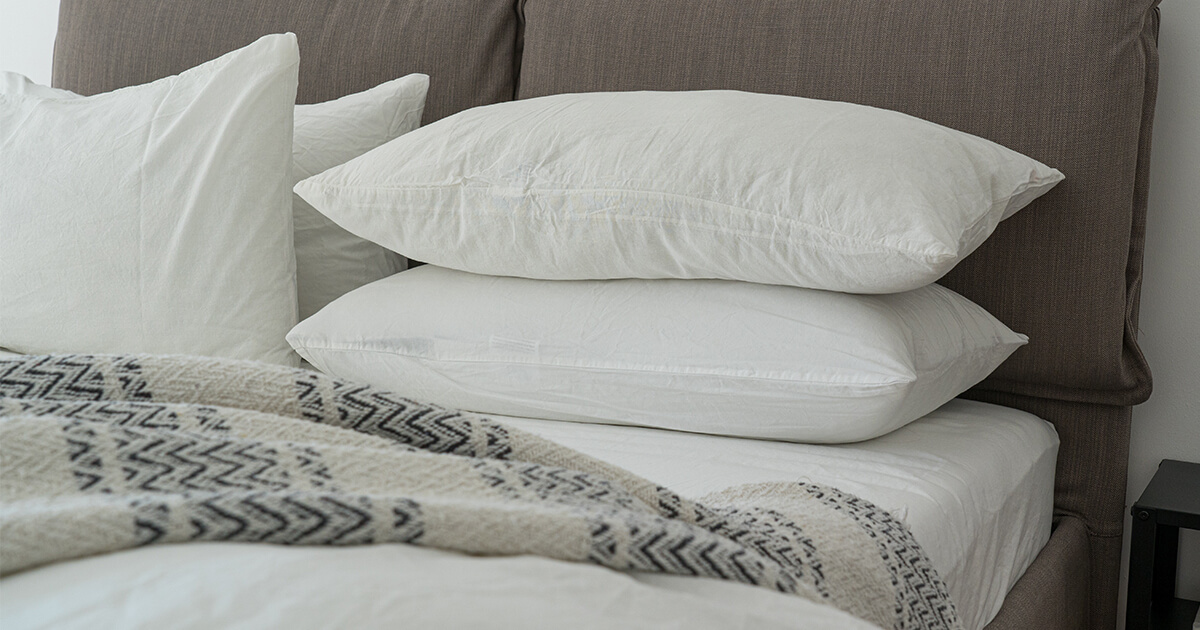You’ve probably heard about memory foam mattresses’ comfort, support, and other advantages.

That’s what inspired you to get rid of your old inner coil mattress and replace it with a memory foam mattress. With so many options, it’s useful to know what to look for in a memory foam mattress to guarantee you choose the appropriate one.
How to Choose the Best Memory Foam Mattress
Here are some helpful hints to help you choose the best memory foam mattress for you.
Look for appropriate pressure relief.
Adults with average body weight should preferably look for a pressure-relieving memory foam mattress. When you sleep, your body naturally gravitates toward the mattress. This can create a variety of discomforts because the skin and circulation are compressed, resulting in stiff and painful joints.
To provide optimal rest, your memory foam mattress should properly distribute weight throughout the mattress. In addition, the mmHg (millimeters mercury) level of the mattress should be the same as or lower than what the human body maintains at 32mmhg.
Anything above 32 mmHg will induce discomfort and sleep disruption. Lower values of 15mmg are ideal for side sleepers and persons who are overweight.
Look for the appropriate stiffness levels.
They know what firmness levels you require to make purchasing a memory foam mattress easier. Firmness degrees are assigned to users depending on their age, gender, weight, sleep habits, and other preferences.
Your memory foam mattress should give adequate cradling if you are light, whereas heavier persons should experience a pushback. Mattress firmness ratings range from soft, plush, or extra plush to firm, with no sinking effect.
Understanding the ILD (Indentation Load Deflection) or IFD levels (Indentation Force Deflection) is also beneficial. These measurements indicate how soft or firm a mattress is when compressed by 25%.
A 20lb ILD or IFD rating, for example, indicates that the foam required 20lbs of pressure to indent it by 25%. Keep in mind that the higher the ILD, the firmer the foam. Therefore, knowing the ILD is essential for distinguishing high-quality foams with high ILD ratings from poorer-quality foams with lower ILD values.
Look for the appropriate level of comfort.
If personal comfort is not a priority while shopping for a memory foam mattress, factors like firmness, pressure alleviation and support are meaningless. Don’t get a memory foam mattress with enough firmness or support if it isn’t comfy for you. Because comfort is subjective, a first-hand test and feel of the mattress in a store is the best way to determine its comfort level.
The top layers of your memory foam mattress should provide you with a sense of comfort. It should also have enough embrace and bounce to let you sleep on your back, side, or stomach in any position.
At the same time, the mattress should respond quickly and provide comfort levels that allow for free movement during the night, all while easing pressure spots.
Look for timely assistance based on your needs.
Your memory foam mattress should be good at supporting and aligning your body—the better the support, the greater the resilience and quality of the mattress. A top layer of memory foam that conforms to the body is added to better memory foam mattresses.
